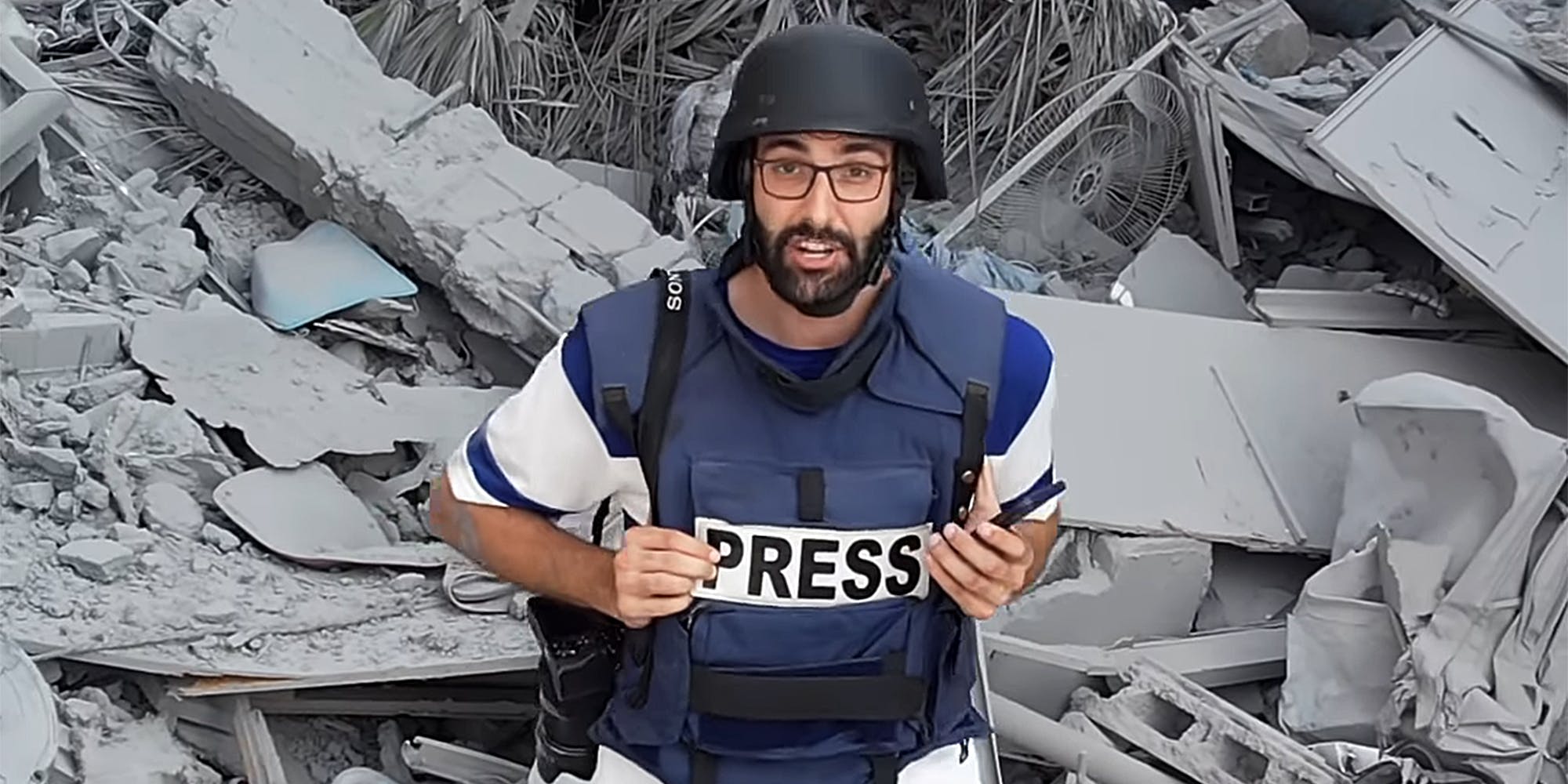In a video on Oct. 13, Instagram influencer and photojournalist Motaz Azaiza shared footage of the rubble of an apartment, the site of an Israeli bombardment that killed 15 of his family members.
He turns the camera on himself first, visibly upset, and then shows the scene—the ruin of the building, a bloodstain, a neighbor carrying a child’s body draped with a shroud.
In response, Meta restricted access to his account.



There’s numerous examples given in the article by Mona Shtaya on how Palestinian posts and hashtags have repeatedly been filtered out of viewability on social media platforms going back years.
Meanwhile…
And this is par for the course with the big social media platforms.
Facebook literally spent years hosting incitements to genocide against the Rohingya in Myanmar (despite being repeatedly alerted to it… it later deliberately impeded the ICC genocide investigation) and more recently has hosted incitement against the Tigrayans in Ethiopia.
For those who want to know more. Heck, there’s even published papers on the subject.